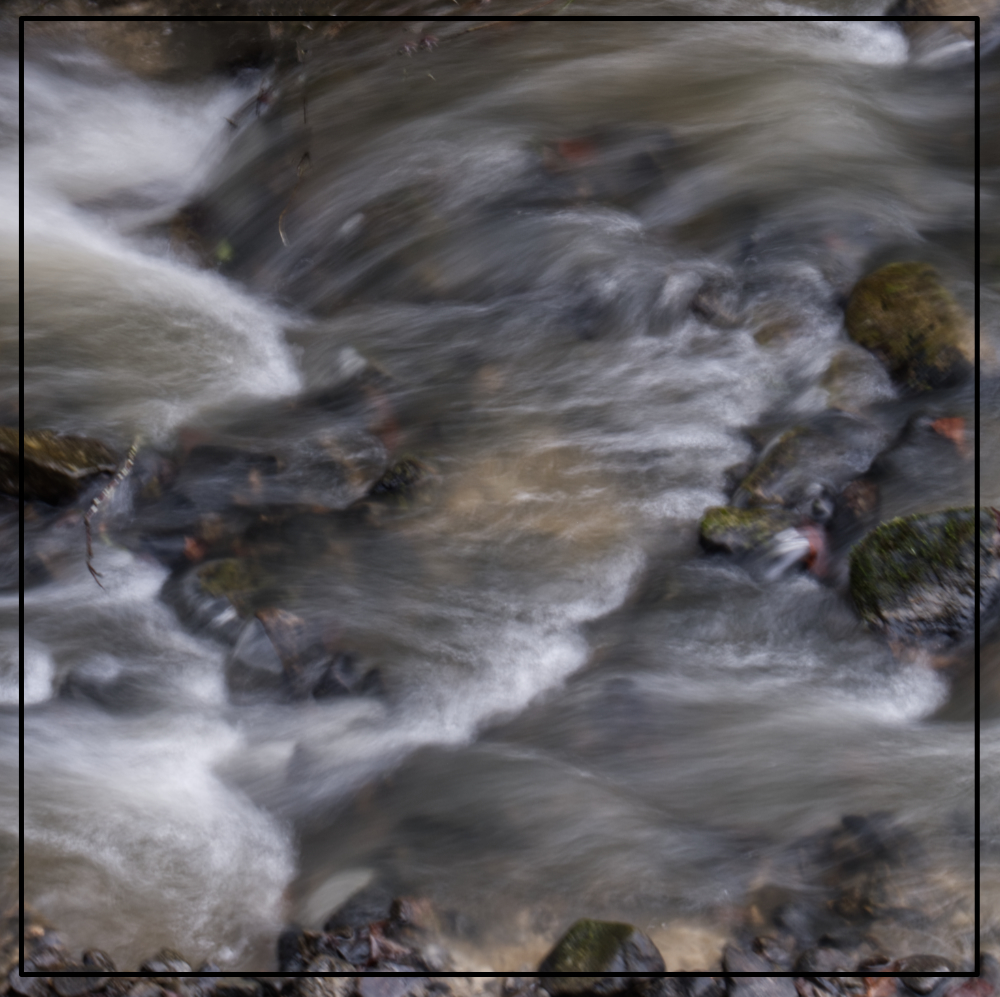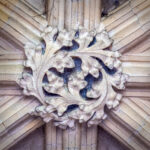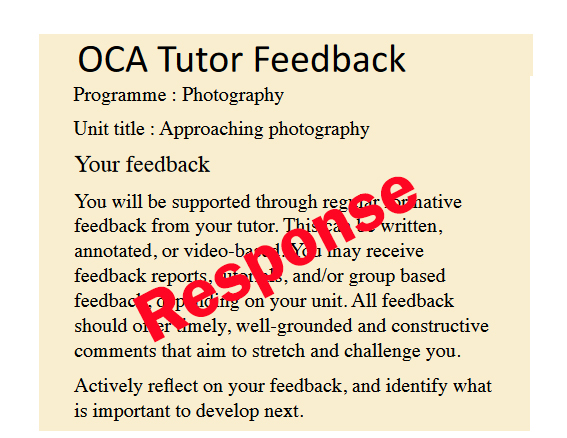I left this exercise until last! Why you might ask? Well having learnt my skills via the Camera Club circuit, a small obvious point is called ‘judge bait’ and is a distraction within the whole image. I’ve been struggling a bit with that. Its that little word ‘small’ that makes me wonder why the subject of an image that is meant to be noticed would be the “the smallest graphical element“. Now that a little time has passed by, and the idea has settled, I’m going for the compositional placement of the ‘point’, which is what is asked for after all!
1.Take three or four photographs in which a single point is placed in different parts of the frame.

These 4 images probably demonstrate that I really haven’t quite got the idea of the exercise as I have overlooked the notion in the course materials that “a point is the smallest graphical element” but… I can see here that size of the item in the frame seems to matter as shown by the top 2 images. The lemons are on the thirds lines and do not look out of place (I think). The lemon in the image bottom left, situated uncomfortably at the top edge with the vast negative space looks as if its waiting for a companion that will never appear.
In the bottom right image, although the lemon is smaller in relation to the frame, being placed on the crossing of the bottom and right hand thirds lines, I believe it looks far more comfortable in its negative space.
Freeman [2007] outlines the issues with placement of the point: a central placement is static and can be uninteresting, which then begs the question how far off the center and in which direction to place the point. An eccentric position such as the lemon placement in the bottom left image he suggests requires justification.
Very few images are about a single isolated point as in the above images. The ‘rules’ outlined in the Webb reading, and in Freeman’s book, are compositional aids that the photographer uses to assist the observer of the image to make sense of it. They are the generally understood ‘rules’ for reading images. Not quite true, as people respond to images on many different levels not just compositional rules!
2. Now take a few more shots without any rules
Of course really hard to do if you really want to make a decent image. However I realised that it wasn’t such a difficult task when I looked at some of the images I have already taken and maybe discarded. 🙂


The image to the left might be called abstract in the absence of an obvious composition around ‘rules’. The feet? Perhaps we are in the area of ‘anything goes!’, but perhaps not, as the feet give meaning: beach; paddling at waters edge.
There is a possibility that being eccentric in composition encourages the observer to look more closely at the image. However this image below was taken for the measuring light exercise and is possibly an illustration of a photograph with no focal point, nor adherence to compositional rules, and the sky is blown out. A poor image.




